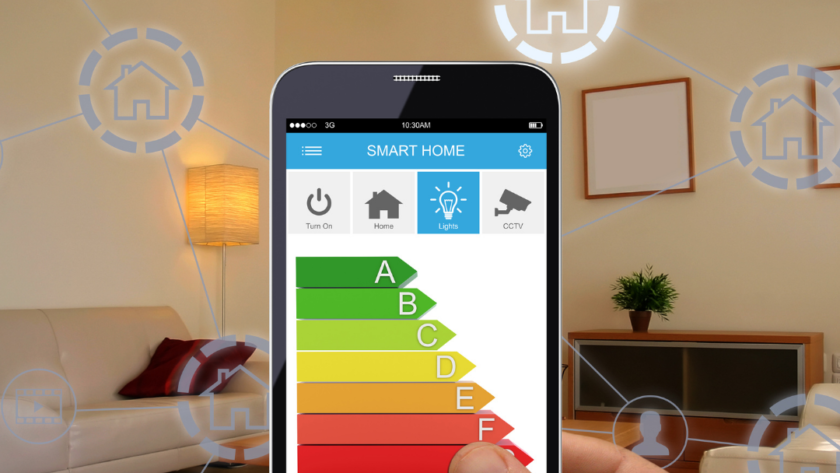The world is warming & changing at a rapid pace. If we don’t alter our ways, it could cost the future of humankind.
Thankfully, you can do a lot to help slow down global warming, which will be a bummer if you have kids.
Here are fOUR investments anyone can make to do to have a significant impact on your energy efficiency in their home:
Consider Solar Panels
Considering making your home more energy efficient? Contemplate installing solar panels. Solar panels are a superb way to generate clean electricity that can be used to power things like your lights or other home appliances. They can also provide backup power during outages.
The perks of solar panels are numerous: they’re affordable in the long run, produce no pollution, and reduce your carbon footprint.
You can also install them on a pole or make them portable if you plan to move.
Invest in a Smart Window Air Conditioner
A smart window air conditioner is a value-for-money investment if you want to downsize your energy consumption. These units are devised from scratch to work with your current home and your cooling needs.
The most noteworthy thing you need to know about intelligent window air conditioners is that they can be programmed to run at different speeds based on the temperature outside. This means you won’t have to run the unit all summer long because it will automatically adjust its speed depending on how hot or cold it is outside. In addition, they are sleek, quiet, and easily blend with the aesthetics of your space.
Improve the Insulation in Your Home
Insulation keeps heat from escaping through the walls and floors of your home, keeping your temperatures warmer in winter and cooler in summer. The more insulation you have, your heating and cooling system will be more efficient.
To determine how much insulation you need, look at your home’s floor plan, then calculate how much square footage of living space you have. Multiply this amount by 1,000 (for example: 1,000 square feet x 1,000 = 10,000). This number represents the total amount of square footage in your home. Next, multiply this number by 2 (for example: 10,000 x 2 = 20,000). Then find out how many inches of R-value per inch of thickness (R-value) is required for that area. For example: Since 20,000 total square feet equals 10 R-value units per inch (R-value), then 20 inches x R-value = 400 R-value units required for that area.
Install Programmable Thermostat
The programs on a programmable thermostat are based on how you typically use your home, not how much you can save. It is the best way to save energy and money because it only turns off when you’re away.
If you have a programmable thermostat, you can set it to turn down your thermostat during the day and back up at night while you are asleep. This will help improve your comfort level and ensure your home is comfortable all day long.
With a programmable thermostat, you can choose the days of the week when you want your A/C turned off or on. For example, if it’s hot outside but not cool inside, you might want it turned on so that your house stays cool when you return from work at night.
Conclusion
Maintaining your home’s energy efficiency not only solidifies its value by removing user-created problems and prolonging its lifespan but also helps the planet.
A sustainable future requires green thinking, and homes play a vital role in reducing human impact on the planet.



